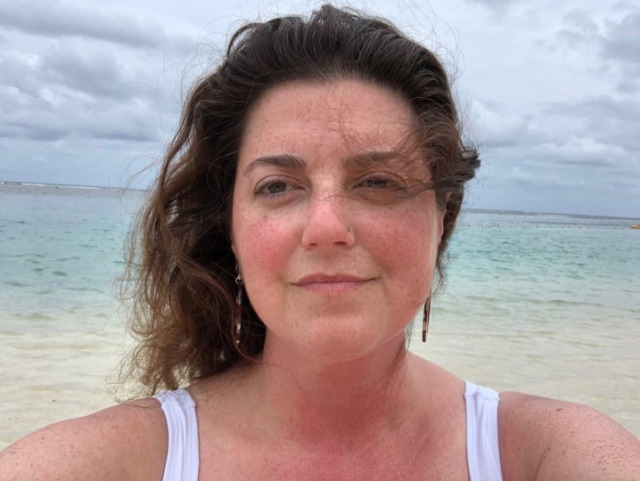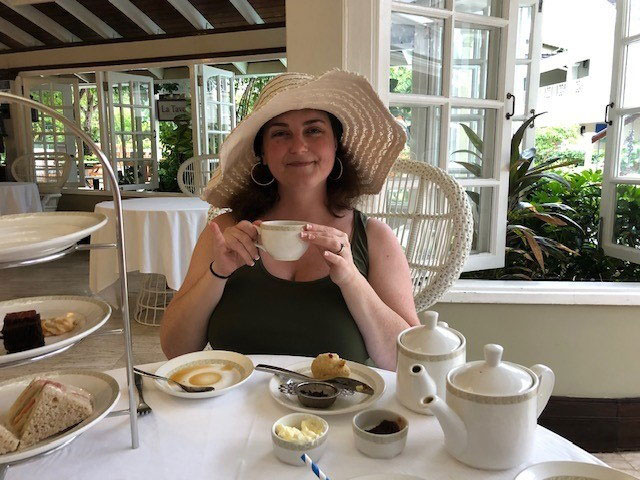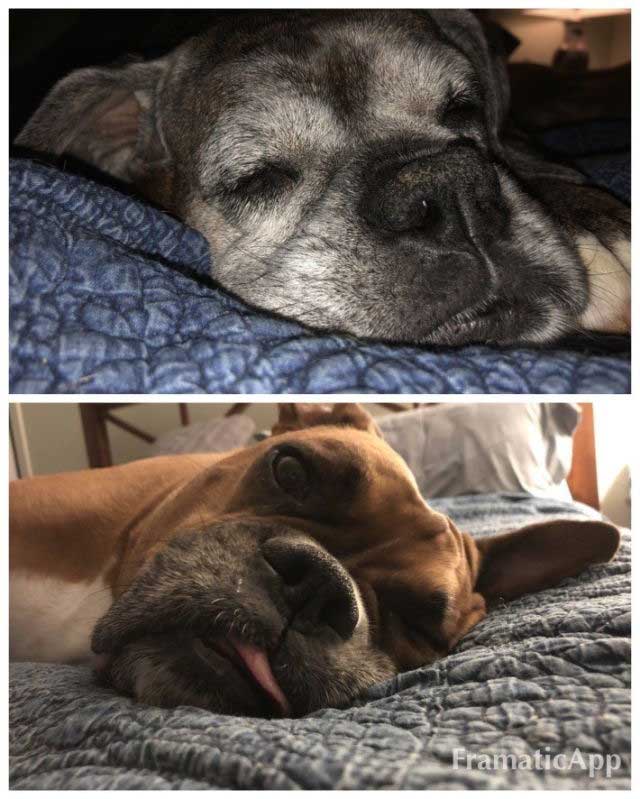2021-October-04
Did you know? You can share this story using the social media icons on the upper left. Use the hashtag #WeAreCisco. You can also rate or comment on the story below.
I Have Anxiety. I Have Trichotillomania. Let's Normalize This.
BY AYLAN SHELTON · BUYING PROGRAMS OPERATIONS ANALYST · UNITED STATES
WITH HELEN GALL

I've always been a hair twirler and nail biter. You likely know someone who does this too. My hands were either in my hair or my mouth (or both) while growing up!
But it never interfered with my ability to learn, grow, and connect with my peers. It was just a quirk that family and friends acknowledged.
It wasn't until 2019 that my hair became an actual distraction for me at work and at home. That's when I first learned the term body-focused repetitive behaviors (BFRB).
My mom was diagnosed with Multiple Myeloma in June 2019 and as the only child of a single parent, I was overwhelmed by her immense physical and emotional pain.
Just a few short months later, my husband was laid off from his job. A few more months brought the stress of the holidays with travel and living on one income. Then COVID-19 struck and work and schools went totally virtual.
The stress and anxiety brought on by these new life events, plus being a full-time working mom, pushed me almost to breaking.
I started to notice I was leaving little piles of hair behind everywhere I went. But honestly, I was too focused on surviving another day to really process what was happening.

One day I noticed a spot on my head where the hair was very thin but had a coarse texture — I've always had "good hair" and I became obsessed over this perceived imperfection.
Suddenly, it hit me. I did this to myself. Without even realizing it, my hair twirling had become hair pulling.
There are specific places on my scalp where I tend to search for "bad hairs" and mindlessly pluck them from my head. After scouring the internet looking for reasons and diagnoses, I found an article on Trichotillomania.
Trich is just one form of BFRB, grouped together with other Obsessive-Compulsive type mental health conditions. And it doesn't just present as scalp hair pulling for everyone. Some pull from their eyelashes, eyebrows, beard, or arm and leg hair.
BFRB can be nail biting, skin picking, hair pulling or even the need to tap your foot, clear your throat, or scratch your nose repeatedly. Humans are all unique, as are our quirks and need for sensory stimulation.
The last two years have been a wild ride.
I've learned that keeping my fingernails manicured and painted keeps me from biting them. It's what works for me.

Now I wear beanies, hats or scarves as a barrier for my scalp whenever possible. If I can't touch my hair, I can't pull it. It makes me happy when a coworker compliments my head covering during a Webex meeting.
I’ve joined the Cisco #SafetoTalk Webex community and the Cisco OCD Webex community. It’s wonderful to have these resources and support right here at work!
I also keep a bunch of sensory toys by my desk to keep my fingers busy. My two Boxers, Rosie, and Toki, are great at plopping in my lap for belly rubs and keeping my fingers occupied petting or playing with them. I volunteer with Carolina Boxer Rescue and love meeting all the sweet dogs we’re saving. Next, I’d like to explore equine therapy.
There are many trichotillomania groups on social media, and it's mind boggling to see how many other people around the world are suffering through this with me.
I am so grateful for the amazing support of my leadership, manager and teammates along the way! There's no way I could have made it through this without them.
But mostly, I'm just glad I'm not alone. Research indicates that about one or two people in every 50 experience trichotillomania in their lifetime. It usually begins in late childhood/early puberty. By adulthood, 80-90 percent of reported cases are women.

Hair pulling varies greatly in its severity, location on the body, and response to treatment. Without treatment, trichotillomania tends to be a chronic condition that may come and go throughout a lifetime.
Many people share stories about how family or people in their community have been cruel or rude because they don't have eyelashes. And if they don’t, you really have no business asking them why!
If I end up shaving my head when the bald spot can’t be concealed, I hope people won’t assume I’m going through chemo. But if they ask, I will explain. I’m no longer hiding who I am.
There's no one solution or cure, but you’re not alone.
Counseling and the right medication can be beneficial for the healing process to begin! This is still an urge I have to fight. Every minute of every day I make a conscious effort to acknowledge how I'm feeling, settle my hands into an appropriate activity or put on my hat.
I've learned some of my triggers and I know it's ok to have a setback. Don't be afraid of saying it out loud.
I have anxiety. I have Trichotillomania. Let's normalize this. We're not alone.
The first step is always the hardest… but if you need a helping hand, just let me know, and we can walk together.
Related Links
You May Also Like…
- What Meghan Richardson wants everyone to know about suicide prevention after her personal experience.
- An ASD journey always changes and develops. Linda Sergides shares how her family continues to adjust.
- Liz Helyer shares how she found answers, support and strength along her mental health journey.
- Giles Heron helps us understand what living with obsessive-compulsive disorder is really like.
- David Salter shares how it’s ok not to be ok, and no matter what he goes through, his team always has his back.
Connect everything. Innovate everywhere. Benefit everyone.
Share your thoughts!
Log in to rate and commentShare your thoughts on the story here!